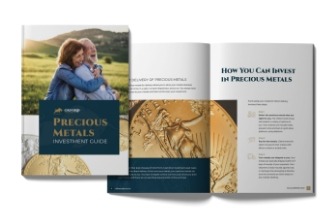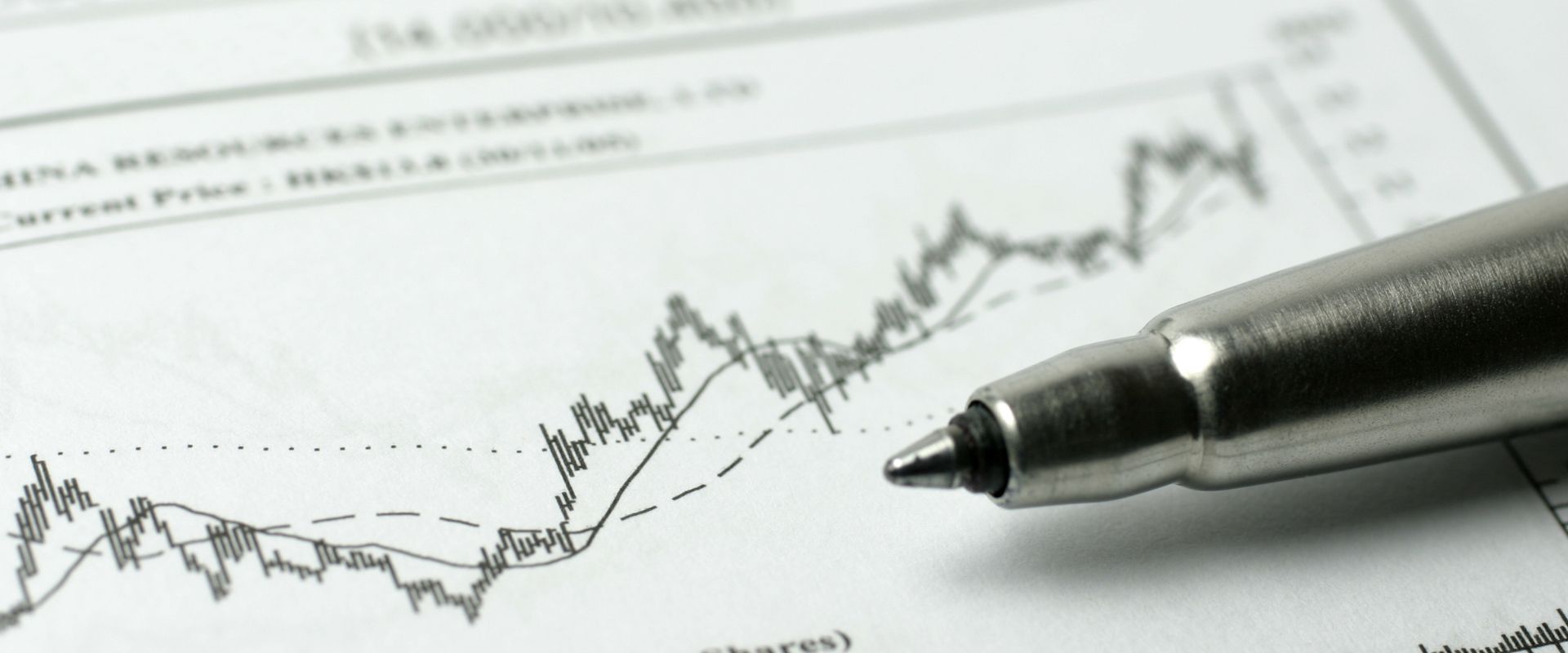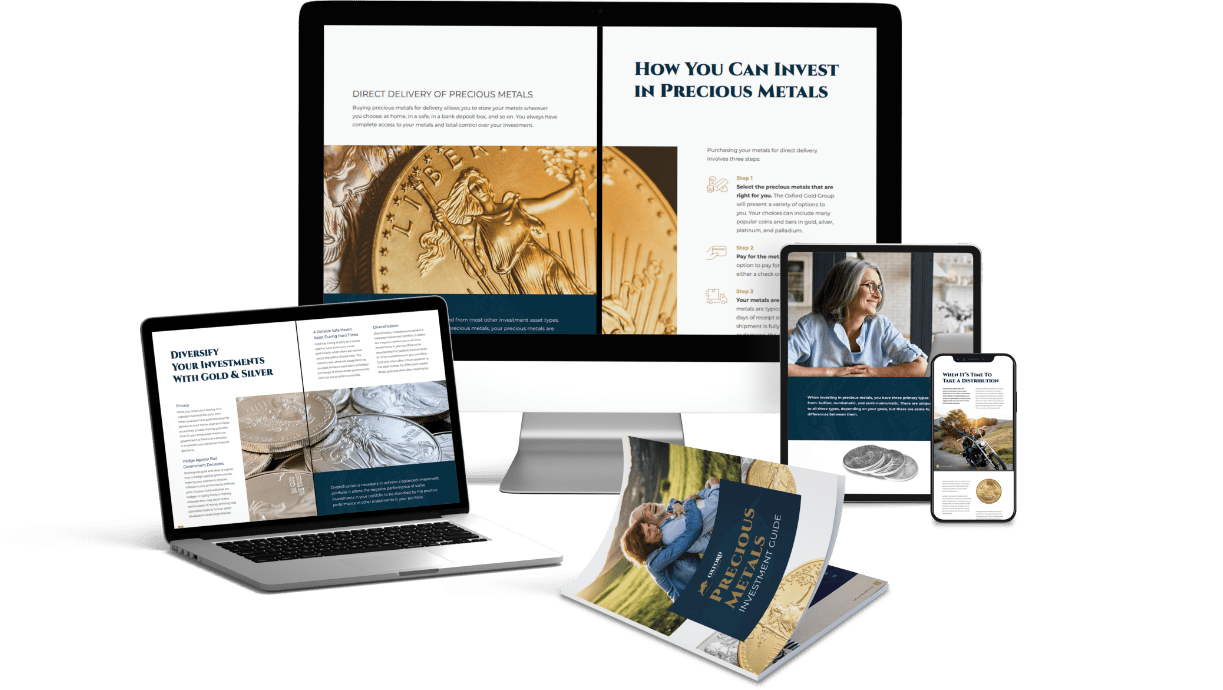Managers expand use of metal from traditional inflation hedge
With the gold price hovering at all-time highs, some money managers are adding the precious metal to portfolios and say they are increasingly fielding calls from interested institutional investors.
While gold often occupies a small part of multiasset and other portfolios as an inflation hedge, managers now are using gold for other reasons, such as dollar weakness and wealth preservation.
The gold price hit a high of around $2,000 per ounce this month. Following a $100 drop in one day — the biggest since April 2013 — and other episodes of volatility, it was trading at around $1,938 per ounce on Aug. 21.
Despite the volatility, some money management executives expect the precious metal to remain around the $1,800 mark — with some predicting it could even break through $3,000 this year — buoyed by uncertainty surrounding the COVID-19 pandemic.
As such, they are keeping gold in their portfolios at higher-than-usual levels.
Pictet Asset Management holds a core gold exposure in its multiasset strategies of between 3.5% and 5%. “Through this pandemic, it’s been at 5%,” said Andrew Cole, head of multiasset London. The firm manages $26.4 billion in multiasset strategies.
“We supplement (that allocation) with some exposure to gold mining stocks … as they’re a geared version of gold,” Mr. Cole said. “If we weren’t so keen on equity we’d probably have more (gold) … which is why we have some gold mining stocks in addition to bullion.”
Vontobel Asset Management AG’s commodities team has about a 10% to 15% passive allocation to gold as standard, “but since the end of Q1, we have roughly a 20% tactical (allocation)” in addition to the 10% to 15% standard in a basket of gold, silver, platinum and palladium, said Michel Salden, head of the commodities team in Zurich. That brings total exposure to precious metals to close to 40%, Mr. Salden said.
Increased exposure in 2020 is driven by gold. “The last two or three years, we were more active in the small or niche markets in precious metals — silver, platinum and palladium.”
That position was reduced a bit with the volatility and U.S. dollar strength of the first quarter, but since then executives have encouraged clients to go long on real and cyclical assets, like precious metals. “We’ve said do it broadly because we were positive on gold and silver, mainly from the central bank money-printing trade. Our thought and opinion was (this) would translate to lower real interest rates … and what we have traded for years is that (there is) a very strong correlation of precious metal against real interest rates,” Mr. Salden said. Among other strategies, Vontobel runs about $600 million in a broadly diversified commodities fund.
Gold has a number of tail winds behind it, sources said, including the decline in the U.S. real interest rate.
“We are in the midst of a secular bull market for gold,” said Joseph M. Foster, New York-based portfolio manager and strategist for the gold and precious metals strategy at VanEck.
Gold broke out of a four-year stagnation, hovering around $1,350 per ounce, when the Fed started cutting rates last year, and has “broken out further with the pandemic,” Mr. Foster said.
In the past month, dollar weakness has also been a “very positive development” for gold, Mr. Foster said. The dollar has dropped 1.2% vs. the euro for the month through Aug. 20.
Institutional investors in the U.S. in particular are showing interest in gold, Mr. Foster said, but that has not yet translated into inflows for the firm. VanEck ran $23.5 billion across gold-related strategies as of June 30.
However, data from EPFR show 13 weeks of institutional net inflows to gold across global strategies, including equities, over the 15 weeks ended Aug. 12. Eleven of those weeks recorded net inflows of more than $1 billion each.
Year-to-date through Aug. 12, net inflows totaled about $38.1 billion, compared with about $11.7 billion in all of 2019 and about $7.7 billion in 2018, the data show.
Others adding gold to their portfolios include hedge fund Bridgewater Associates LP, which increased its gold exchange-traded fund holdings by almost $400 million this month, according to a 13F filing Aug. 12.
And Berkshire Hathaway Inc. added gold to its portfolio in the shape of 20.9 million shares of miner Barrick Gold Corp., valued at about $565 million, according to a 13F filing dated Aug. 14. CEO Warren Buffett has in the past cautioned against investment in gold because it is not productive like a company.
“Tactically, there are two reasons investors have been piling into gold — the safe-haven attribute, being the idea that equity markets or risk assets generally have sharp drawdowns (while) gold holds its value” and wealth preservation, as accommodative monetary policy erodes the value of currencies, said Mobeen Tahir, London-based associate director of research at WisdomTree U.K. Ltd.
Strategic reasons for holding gold are as a diversifier, a way of adding value to the portfolio — which particularly is the case right now as the price hits new highs — and as an inflation hedge.
For the $2.5 billion City of Austin (Texas) Employees’ Retirement System, a $5 million gold futures allocation, run by NISA Investment Advisors LLC, was made for inflation purposes.
The new allocation was approved in March “as a potential hedge against the potential risk of a stagflationary environment similar to what the United States experienced during the 1970s,” CIO David Veal said in an email. “We believe the risk of such a scenario is currently low but rising, which is why this allocation was initiated at a small (about 0.2% of the fund assets) size with room to increase over time should circumstances warrant.”
Since the risk of stagflation looks to be present in economies for a while, “this allocation is indeed viewed as a long-term part of our efforts to maintain a well-diversified portfolio that delivers strong returns across different market environments,” Mr. Veal said.
Other managers have pared back gold exposure after increasing allocations in recent quarters.
Unigestion SA’s multiasset team had been bullish on gold, adding a small tactical exposure of about 2% to 3% of the strategy to a roughly 5% strategic allocation, but “neutralized” that position over the last few weeks, said Salman Baig, Geneva-based multiasset investment manager. Executives pulled back on the tactical positioning because there were indications of an economic recovery — a negative for gold, despite low real rates and dollar weakness, a positive. Those views offset one another and so “it made sense for the team to take a pause,” Mr. Baig said. The firm runs $1.4 billion in multiasset funds.
Union Investment Institutional GmbH’s commodity fund is benchmark-oriented, with about a 9% allocation always invested in gold, said Daniel Bathe, senior commodities portfolio manager in Frankfurt. About 33% is invested in precious metals for inflation protection, with the remainder of the fund allocated to more cyclical commodities such as base metals and energy.
“This year … we had a pretty huge allocation to precious metals. We increased twice this year, once in March when we had the big sell-off … and we did it again in June when it became clear the U.S. central bank would hold rates (low) for the foreseeable future,” Mr. Bathe said.
At that point, Union went to a 45% to 46% allocation to precious metals. “But now we’re in August and back to the benchmark weight” of 33% as the gold price reached Union’s short- to midterm price target.
If the price moves to $1,750 to $1,800 per ounce, “that would be a level where I would likely increase my exposure again,” Mr. Bathe said. Union’s commodity beta fund has €600 million ($707 million) in assets.
Pensions & Investments – Sophie Baker – August 24, 2020








